You have no items in your shopping cart.
Do you have a project in mind but have no idea where to start? Let us help you. One of the first things you will want to do is decide what kind of fiberglass you want to use. Do you need to build up thickness fast? Are you concerned about strength? Do you have tight corners you are working with? Let us break things down a bit to help you decide if fiberglass cloth is right for your project or if you are needing chopped strand mat. Keep in mind that you can actually use both together to achieve your desired outcome. Below is an overview.
Fiberglass Cloth

(Plain weave fiberglass cloth)
Fiberglass Cloth is a woven fabric. Plain, 4 harness satin and 8 harness satin are the weave styles we carry. The 4, 6 and 10 ounce plain weave fabrics are the most commonly used. In this simple plain weave pattern, warp and fill yarns are interlaced over and under each other in alternating fashion. The plain weave is the easiest to handle since it does not unravel as much as the other weaves when cut.

In the four-harness satin weave pattern there is a three by one interfacing where a filling yarn floats over three warp yarns and under one.

The eight harness satin is similar to the four harness satin except that one filling yarn floats over seven warp yarns and under one. The satin weaves are slightly stronger and more pliable than the plain weave and are easier to conform to curved surfaces. They are more difficult to handle than the plain weave, though. Use fiberglass cloth when you are looking to create a strong, light weight product.

Chopped Strand Mat
Chopped Strand Mat (also known as fiberglass mat) has short strands of fibers held together with a resin binder. The fibers are randomly oriented. Mat is only compatible with polyester and vinyl ester resin. When resin is added to the mat, the binder dissolves and the fibers can be moved around. It is easier to conform mat to tight curves and corners than it is with weaved fabric. The reason chopped strand mat is not compatible with epoxy resin is because the binder holding the fibers together needs styrene to properly dissolve. Polyester and vinyl ester resins have styrene in them. (There are some places that sell chopped strand mat that is compatible with epoxy but it is hard to come by and much more expensive). Chopped strand mat is the least expensive fiberglass and is often used in mold construction or projects where thickness is needed. Mat is often used as the first layer (before the gelcoat) in a laminate to prevent print through. Print through is when the fabric weave texture shows through the resin. Chopped Strand mat does not have much strength. If you need strength you should choose a woven cloth or you could mix the two. Mat can be used between layers of woven fabric to help build thickness quickly and aid in all layers bonding well together.
For info on more fiberglass reinforcements and resin, check out our Ultimate Fiberglass and Resin Guidebook for Beginners.
For more detailed information on each fiberglass cloth we carry, you can CLICK HERE.
comments (57)
-

-
 Alex Maurer
Alex MaurerHello, I am redoing a boat floor, stringers, and transom. My plan is to use 10 oz mat but unsure still of which resin will be best. I do want to gel coat everything when done, except the stringers under the floor. Looking for good strength but cheaper. Also, I read that chop strand should be the final layer before I gel coat? And any suggestions how to gelcoat the floor and have it textured so it doesn’t slip so much? Thank you!
REPLY from fgwarehouse: If it were me, I would use 2 layers Knitted fabric 1708 and ISO resin. The 1708 is a biaxial fabric with a mat stitched to it. It is very strong. The ISO resin is a better quality resin the Ortho laminating resin. If you lay the 1708 with mat outward, you can gel coat over top of that. If you can spray the gel, it will always lay down better, or you can brush it on. You can add sand to the last layer of waxed gel coat to get a non-skid surface.
-
 Dean
DeanI’m building custom interior side panels in a 33 ford pickup , I’ve made templates out of cardboard. Which is the best fiberglass to use and which resin. I’ve worked with mat in the past repairing an old boat but I’ve never tried to make my own shapes . Plus need to end up with a smooth paintable surface.
REPLY from fgwarehouse: Dean, making the panels the way you are doing it will not leave a nice smooth surface. You will need to apply some sanding primer and sand it smooth. I would use chopped strand mat and general purpose laminating resin on the template.
-
 brobbins
brobbinsI have created a plug of a hull for a 50″ scale model of a mid-1850s sailing ship that I am going to make a split mold off of. This will be so I will end up with an open hull cavity to place R/C controls, batteries, etc. The hull has a LOT of detail that I want imprinted into the mold. I cannot use conventional paste release wax due to the small details, is there a spray on type release wax that would be compatible with the PVA I intended to use? Also, would you recommend Matt in lieu of cloth at least for the initial few layers?
REPLY from fgwarehouse: Hey Brooke,
Yes, use our Orca Slip. Wipe it on, then let it dry. Works great. And yes, you want to use mat as your first layer, It will work itself into the details better than cloth.
REPLY from fgwarehouse: So, Orca Slip 1st, then PVA 2nd?, then Tooling Gel Coat, then Matt? also, what weight matt on the 1st (2) laminations?
REPLY from fgwarehouse: Yes Orca Slip first. For Mat, I would go with the 3/4 oz.
-
 MATT SCHACKELFORD
MATT SCHACKELFORDI’m repairing the wooden 2×4 engine mount rails in my boat. The wooden rails currently have a 1/8″ shell over them that will have to be removed to replace the wood. What material(s) do I need for strength and proper adhesion to the wood and existing fiberglass.
REPLY from fgwarehouse: Hey Matt, I would use knitted fabric and the 4:1 epoxy resin and hardener if you want maximum adhesion and strength.
If the cost is too high, go with an ortho or ISO laminating resin.
Let me know if you have any more questions.
Dallin


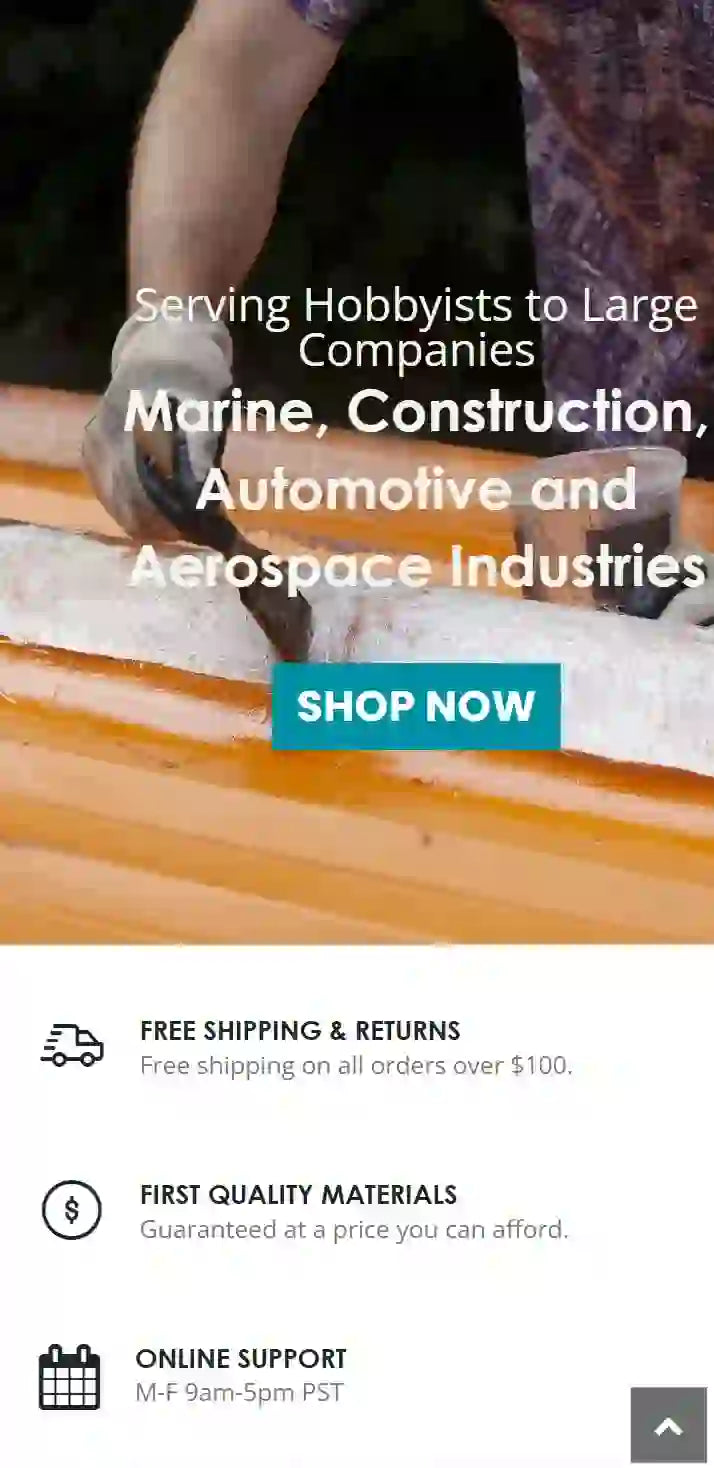
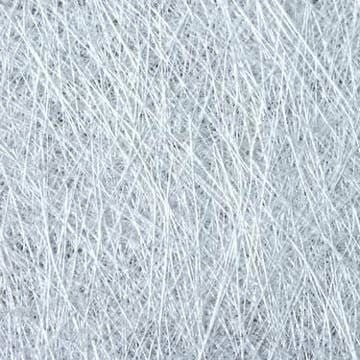
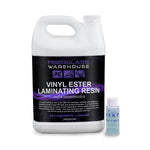

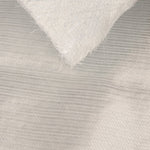
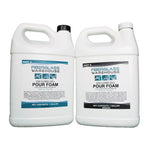
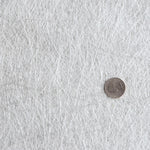

I’m thinking about reinforcing a new plastic gun case to make it sturdier. My idea would be to apply 1″ strips diagonally on the inside in a criss cross pattern. It sounds like I should use cloth not mat. And I might also reinforce the vertical “walls” of the case. Maybe I would first lay in the horizontal strips, apply the resin to them, and let that cure. Then do the vertical reinforcement the next day. That would mean applying the vertical strips and resin over the fiberglass ends of the criss cross strips.
The finish wouldn’t be important because foam padding lines the inside of the case.
Does this sound feasible?
REPLY from fgwarehouse: It does sound feasible. I would rough up the plastic with some 120 grit sand paper, clean it with acetone, then use epoxy resin. Polyester resin does not adhere will to plastic. Use the Proglas Epoxy with the 4:1 hardener. The 1″ tape will work well also. Let me know if you have any other questions.